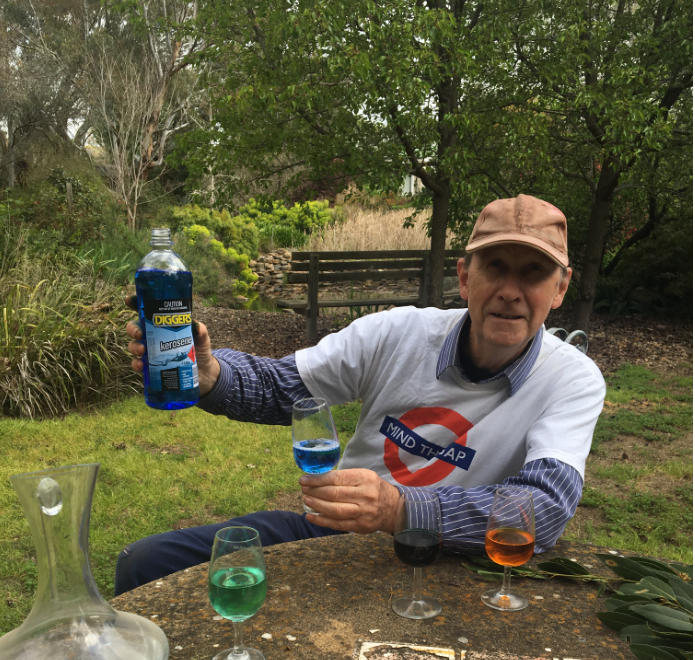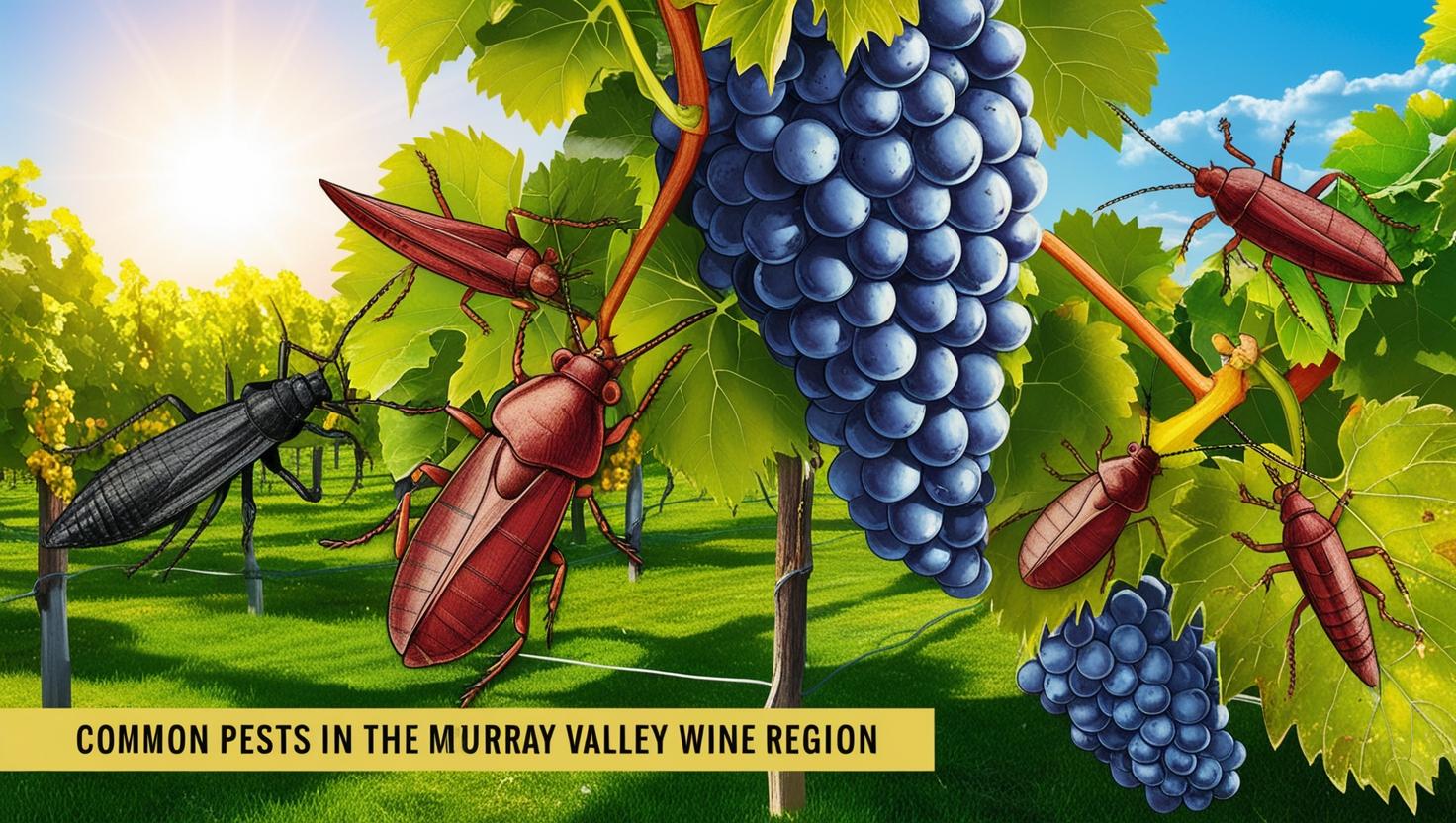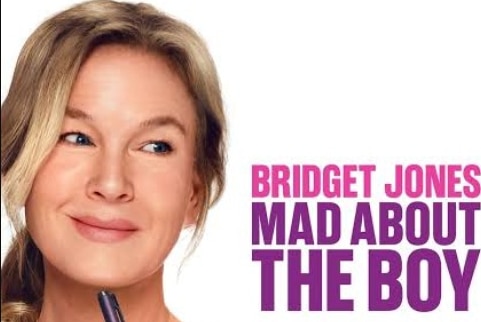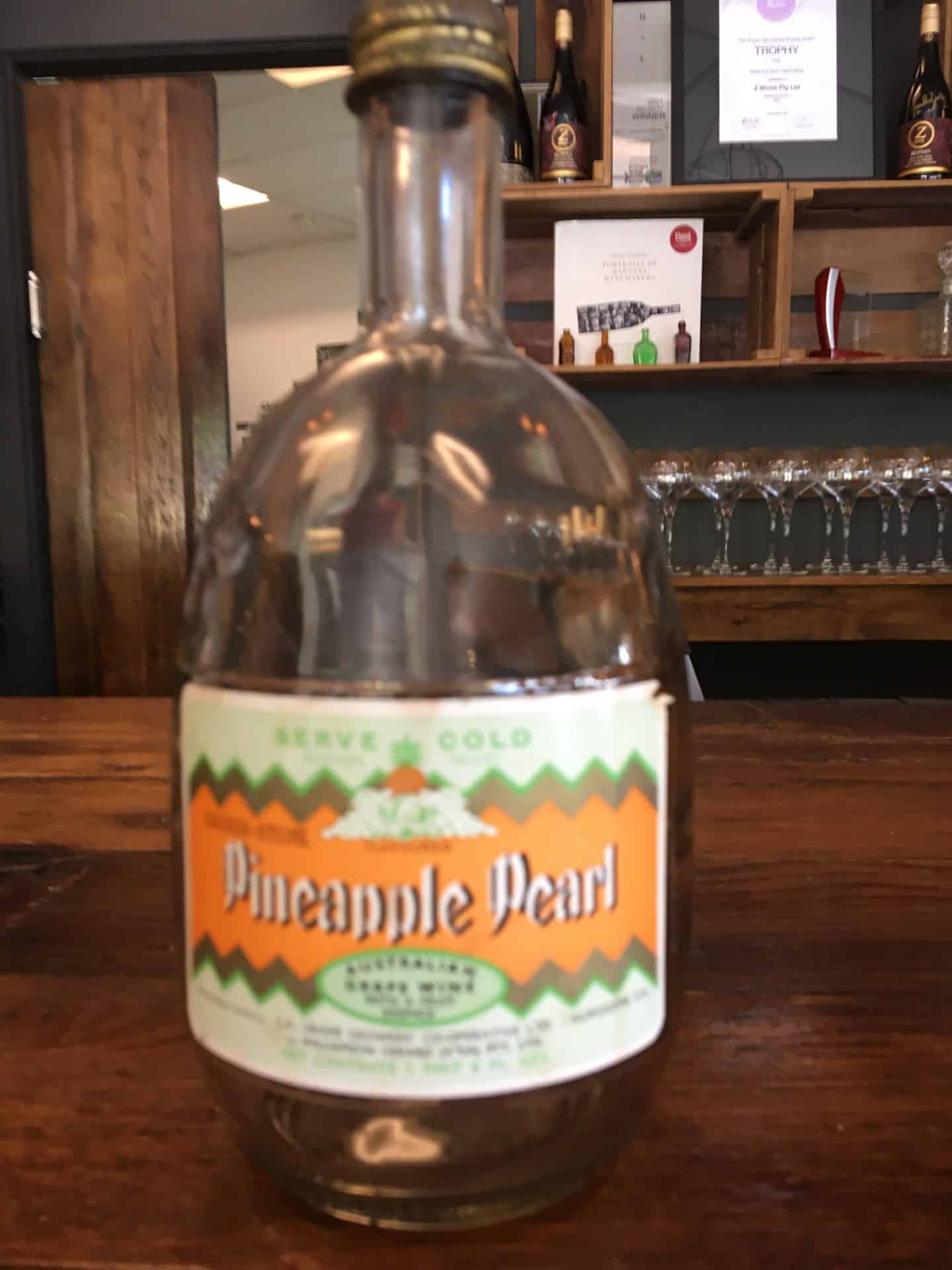I’m not sure I can recall a masked tasting where I was not fooled by one or two wines. Tastings are so worthwhile and from all of them I have learnt something while enjoying the wines.
I thank Glug customer Kerry for pointing me to the site Urban Legends of Science which in 2013 critiqued The Color of Oders, Brochet and Dubourdieu 2001 (Brain and Language). This study tested 54 wine students on the differences of a red and a white wine in two separate tastings. The results of the second tasting have been mis-used by the popular press to say that experts cannot tell a red from a white wine.
Naturally a story that suggest experts are no better than the rest of us was too good to pass. Brother Richard has apologised for that in his A mea culpa as an error corrected elsewhere.
The story in question, by Debra Kelly in Mashable on 3 October 2016 used the study by Brochet and Dubourdieu in what she called “The Truth About Wine”. Of nine truths one is titled The Myth of the Connoisseur. This refers to the Brochet article, specifically the second tasting in which students were asked to list the difference between a white wine and the same wine coloured with a neutral red dye.
As Urban Legends noted the second tasting does not show experts cannot tell a white from a red and is rather a badly designed test.
Reading the Brochet article though does highlight how easy it is to be tricked. The students were set-up, the authors became confused, and journalists selectively took part of the article to say wine experts delude themselves.
I have found any row of wines about which the tasters know nothing will create confusion and embarrassment. Even knowing this to further liven up tastings I have for decades used food dyes. A tiny dab of bright green is just too much and is the all-time winner for provoking discussion.
A brown colour is associated with oxidation. Len Evans once showed the big city wine judges two glasses of a superlative Ch d’Yquem. The same wine, one natural and the other coloured brown, to watch them pour scorn on the brown wine.
To enjoy wine, it helps to know yourself. I suggest approaching the wine in a positive way, open with a pleasant remark and remain on-guard.
To flow with the general opinion so as not to look foolish is the comfortable way most of us proceed.
However this type of conditioning explains most of the mistakes we make.
Finally, I add there actually are wine experts, and they know a great deal. Just not all the time.





